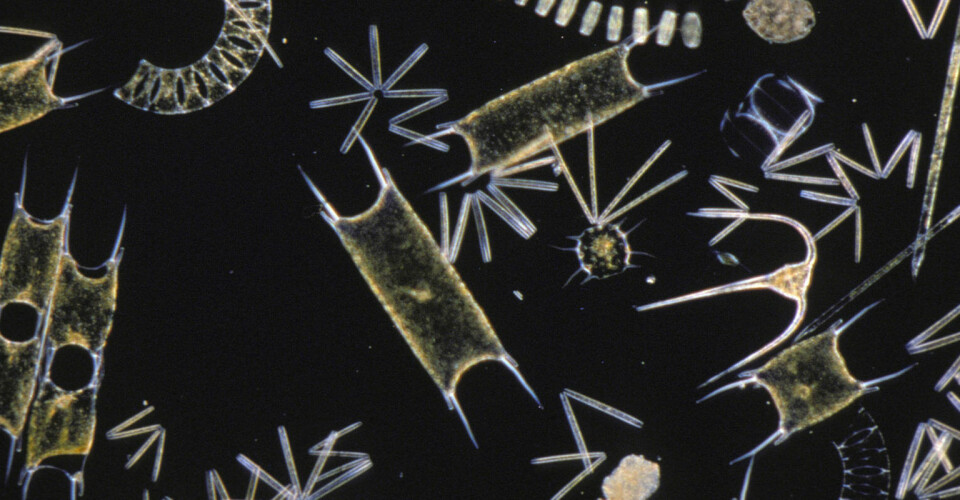
OTAQ wins contract for algal bloom warning systems in Ireland
Aquaculture and offshore industry technology supplier OTAQ has signed a contract with Ireland’s seafood development agency Bord Iascaigh Mhara (BIM), for two of its Live Plankton Analysis System (LPAS) units to be installed on an initial rental through until the end of 2024.
One of these units will be deployed with a global seafood producer which has encountered harmful algal bloom (HAB) events at its Irish sites in recent years resulting in significant stock losses.
Launched by OTAQ recently after several years under development, LPAS is a tool for finfish and shellfish farmers to help combat the rising threat of HABs.
Immediate action
OTAQ, which has offices in Lancaster, Aberdeen, and Puerto Montt in Chile, has collaborated with Blue Lion Labs in Canada to develop AI software which monitors water quality by identifying phytoplankton and enables farmers to take immediate mitigating actions against HABs. It has had beta versions of the LPAS on trial with salmon farmers in Scotland, Ireland, Chile, Australia, and New Zealand.
The company said in a press release that LPAS saves time, enhances accuracy and frequency, and will assist in standardising practices across the industry.
Damien Toner, aquatech business manager at BIM, said: “A key part of BIM’s role in supporting the growth and sustainability of Ireland’s seafood industry is to assess and promote new technologies that will assist farmers manage their operational risks and efficiencies.
Vital benefits
“Following trials of LPAS Beta units during 2023, we see the vital benefits LPAS brings in streamlining and enhancing algae monitoring in production areas and therefore we are pleased to be progressing our relationship with OTAQ to the benefit of Irish farms.”
Richard Beesley, chief commercial officer at OTAQ, said: “The aquaculture industry is increasingly challenged by the threat of harmful algal blooms, which can devastate fish populations and lead to significant financial losses for farms worldwide.
“While daily monitoring has been the traditional response, it presents notable challenges. Since 2021, we have worked closely with farmers, industry bodies and academia to identify and develop a viable solution to address these challenges.”
HABs cost £6m per site
In 2021, the reported cost of the required measures to treat fish and recover from a HAB incident globally was around £6 million for a single site. With the occurrence of blooms closely linked to rising water temperatures and climate change, incidents are increasing in frequency.
Fish farmers can sometimes mitigate harm to fish by stopping feeding, which keeps the stock deeper in the pen, and by adding oxygen to the pen. Fish can also be transferred by wellboat to a safer site, if a site is available and farmers have sufficient warning and resources.
In Chile and western Canada, where HABs have been a long-standing problem, bubble curtains are used in a bid to keep blooms from entering pens. Bubble curtains have also been trialled in Ireland.
Lower oxygen
Some blooms can be seen by satellite monitoring, however, sometimes the first indication that a farmer will get that there is a HAB event occurring is when fish start dying in the pen.
HABs can lower the dissolved oxygen content in water, and some types of plankton can cut or block the gills of fish, causing death or leading to other issues such as amoebic gill disease (AGD).
























































